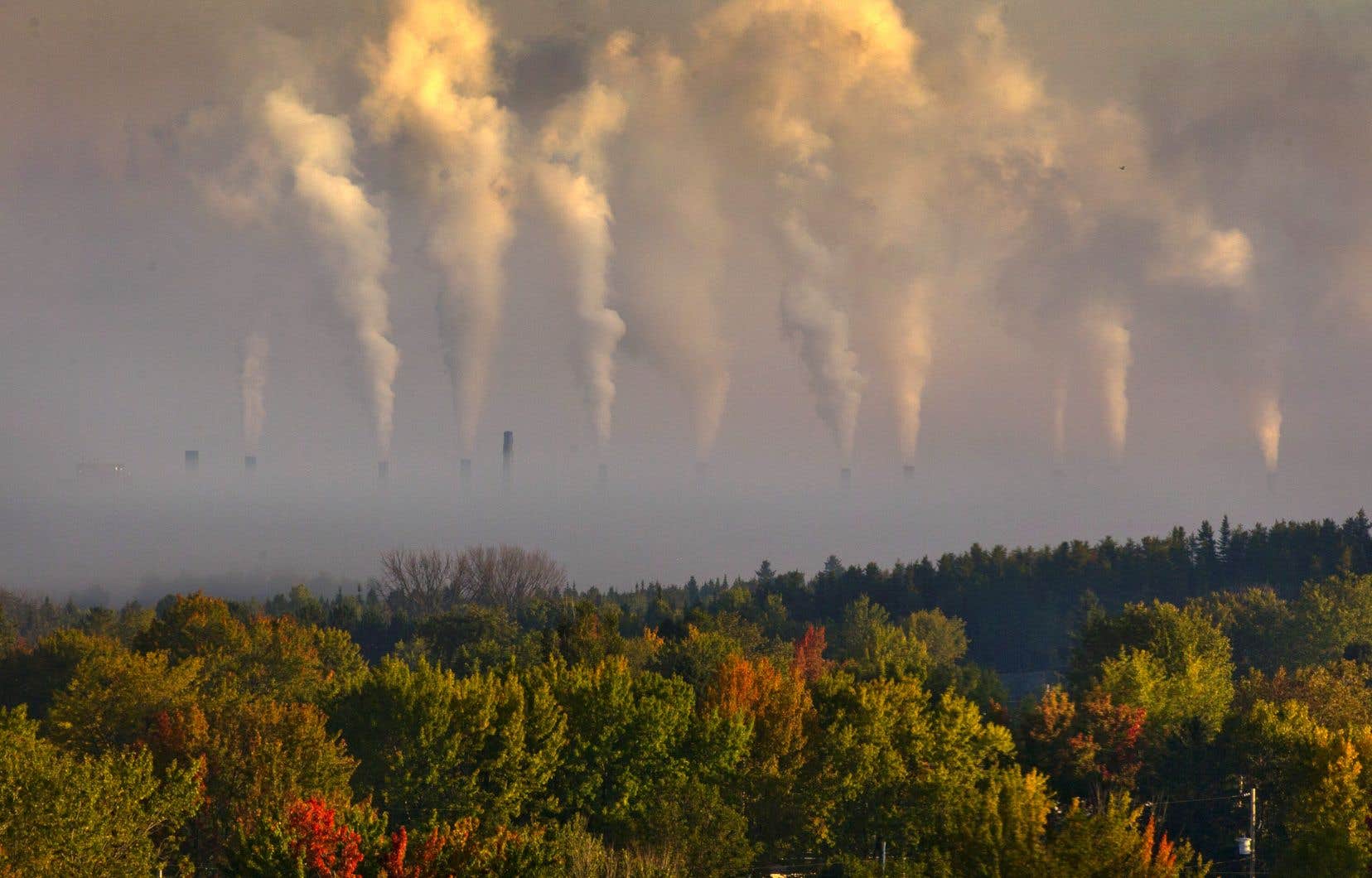A Quebec carbon credit program allowing participants to plant trees to offset their polluting emissions is slow to bear fruit. Since its launch, at the very end of 2022, it has attracted a total of… zero projects, noted The duty.
“Carrying out projects in accordance with the Regulation requires investment and technical and administrative preparation which take time due to its complex nature. This explains the fact that no project […] has not yet been registered,” indicated the Ministry of the Environment, the Fight against Climate Change, Wildlife and Parks (MELCCFP) in an email exchange.
The program in question falls under the Regulation relating to afforestation and reforestation projects on private land eligible for the issuance of compensatory credits. Coming into force in December 2022, it allows major polluters to obtain compensation credits linked to afforestation activities on private land, on agricultural wasteland or gravel pits, for example.
However, in a year and a half, the ministry has not received any proposals from potential investors. A “normal stage”, according to the ministry. “Let us remember that compensatory credit projects are carried out by promoters on a voluntary basis,” argued MELCCFP press relations officer Sophie Gauthier.
In interview with The duty, the director of the Chair in eco-consulting at the University of Quebec at Chicoutimi (UQAC), Claude Villeneuve, disagrees with the ministry’s conclusions. In September 2021, during consultations on the draft regulation which would lead to the entry into force of the protocol, the Carbone boréal organization, which he heads, expressed serious reservations about its possible results. “The draft regulation will not succeed in mobilizing the full potential of forestry projects in the private sector,” he emphasized in a memorandum.
“That’s exactly what we said,” said Mr. Villeneuve when informed of the lack of popularity of the afforestation offset credit program.
In its report, Carbone boréal, a research infrastructure attached to UQAC, estimated that it would take several decades for planting projects on private land – generally smaller – to become profitable. He gave the example of a 10,000 US dollar project on one hectare of land: “ [il] will only be profitable from 2080, almost 60 years after the initiation of the project.
“The reality for private owners is that there are very, very, very, very, very few who could benefit from a system like this,” noted Claude Villeneuve.
An opinion shared by the general director of the Federation of Forestry Producers of Quebec, Vincent Miville. His organization represents more than 130,000 private land owners. “Administratively, it is too expensive compared to the potential income that people can generate” by reselling the carbon credits produced by planting trees, Mr. Miville said in an interview.
A glimmer of hope for owners?
Contacted this week, the office of Quebec Minister of the Environment, Benoit Charette, indicated that he knew “from the start that the protocol […] would not generate millions of offset credits.”
“This is a scientifically rigorous protocol that was built to pay offset credits not on the promise of decarbonization, but on actual outcomes at the time the credit is issued. We also try to interest investors at every opportunity that presents itself to us and are confident of seeing projects emerge in the near future,” indicated the minister in a written declaration sent to the Duty.
Claude Villeneuve, for his part, doesn’t beat around the bush: “If it were profitable, there would have been projects that would have been at least registered or in the process of being developed for a long time. » Vincent Miville is more optimistic. By allowing the aggregation of projects on private land, the MELCCFP has opened a door to owners, he says.
“It allows us to reduce the administrative burden. But still, preparing these projects by aggregation takes a lot of time,” he said.
In an interview granted to the specialized media The land of ours, in February, an official from the Ministry of the Environment indicated that they were working on an accompanying guide intended to better help owners navigate through its afforestation protocol. “The work of writing the guide […] are still in progress,” he told the Duty Start of the week.
In the meantime, “the ministry remains available to any interested promoter to answer their questions on the application of the Regulation,” he wrote to us. “It’s very sad,” says Claude Villeneuve, who reiterates the need to explore the application of the regulation to public forests through a state corporation.
“There, we could talk about millions of square kilometers and we could talk about large-scale operations that would bring benefits to Quebec in 30 years,” he explained. Applying the regulations to private forests in Quebec is like inviting people to play a game for which they are not qualified. »
Quebec is currently analyzing the possibility of extending the application of the program to lands in the domain of the State. “This possibility will be the subject of a feasibility and potential analysis, as well as technical development work, if necessary,” underlined the ministry in its email exchange with The duty. In Quebec, 92% of forests are in the domain of the State, or more than 800,000 square kilometers; 8% of them are private.
